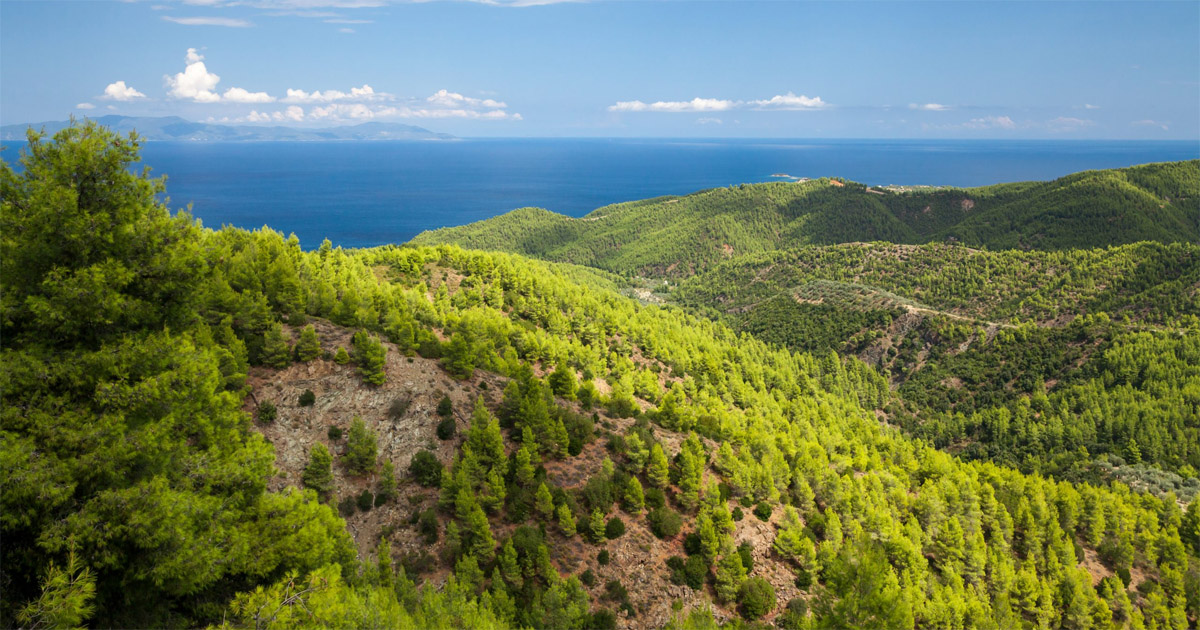The Greater Mekong River Subregion (GMS) is a global biodiversity hotspot. Macrofungi play an essential role as decomposers, parasites, and symbionts, and are also an important source of medicine, food, and income for many communities in the GMS; however, the diversity and composition of macrofungi in this region remain poorly understood. In order to help address this knowledge gap, we established 20 permanent study plots in the GMS (native forests, tea plantation, pine plantations, mixed rubber and coffee plantation). Macrofungal diversity and community composition were evaluated across four study sites classified to two climate types and two management methods. Heat maps and nonmetric multidimensional scaling (NMDS) were used to show differences in macrofungal community composition, and linear relationships were illustrated in order to analyze how environmental factors influenced macrofungal diversity and community composition. In total, 7028 specimens were collected, belonging to 1360 species, 216 genera, and 79 families. Russula, Lactarius, Amanita, Mycena, Suillus, and Inocybe were found to be the dominant genera in the GMS. We found that ectomycorrhizal fungi were dominant in temperate forests and that saprobic fungi were dominant in tropical forests. We also found that macrofungal community composition in native forests differed from that of plantation forests, indicating that plantations can provide different and complementary habitats for macrofungal growth. Our analysis of environmental factors revealed that macrofungal diversity was weakly correlated with tree species richness, and strongly correlated with elevation and latitude.
DOI:
https://doi.org/10.3390/f9070402
Score Altmetric:
Dimensions Nombre de citations:

Année de publication
2018
Auteurs
Li, H.; Guo, J.; Karunarathna, S.C.; Ye, L.; Xu, J.; Hyde, K.D.; Mortimer, P.E.
Langue
English
Mots clés
forests, forest cover, degraded land, ecological restoration, forest rehabilitation, hydrology, systematic reviews


















